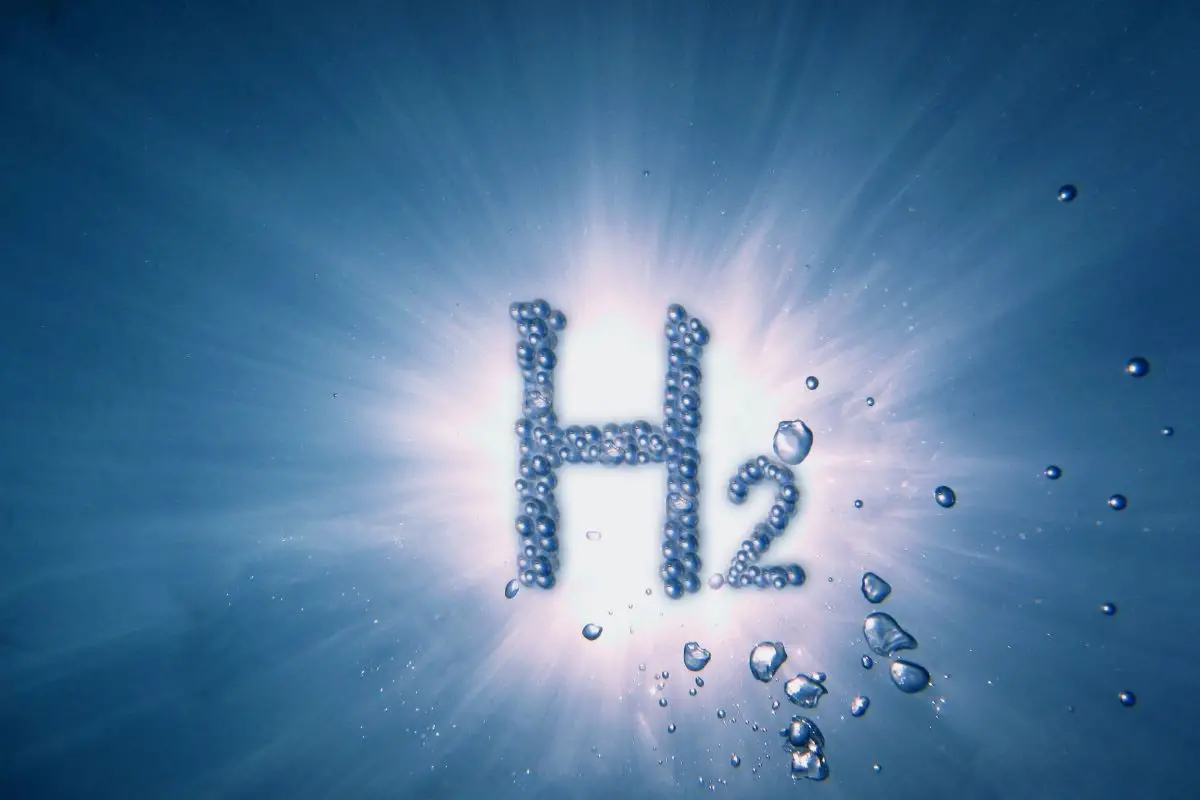
Will green hydrogen demand be too much for electrolyzers in only a few years?
November 18, 2021US investment bank firm Jefferies Group says there just won’t be enough equipment by 2030.
By 2030, the global green hydrogen demand will already have overwhelmed the number of electrolyzers capable of producing it, said US investment bank and financial services firm Jefferies Group.
According to Jeffries, this remains the case even if hydrogen use remains at the lowest predicted level.
At the same time that Jefferies criticized the oil industry’s influence and the use of blue hydrogen, it also stated that even with the lowest green hydrogen demand, electrolyzers worldwide will already be overwhelmed by 2030. The New York-based company published its predictions in its recent “Plugging into the Hydrogen Ecosystem” report for clients.
That report indicated that by the end of this decade, the worldwide supply of electrolyzers will have reached 47GW, but “could sit somewhere in the 30-40GW range”. Comparatively, there are 54GW of announced projects and 94GW of projects that are “pledged” according to the report. “The conclusion is that there is unlikely to be sufficient supply even for the proposed projects out to 2030 even in the lowest demand scenario.”
The current growth rate of electrolyzer capacity will not keep up with expected green hydrogen demand.
According to the Jefferies report, the Internal Energy Agency predicts that by 2030, there will be 180GW of electrolyzers operating by the end of the decade, within the agency’s Announced Pledges Scenario. By 2050, its Net Zero Emissions scenario will require a tremendous 850GW.
At present, there is 200MW of installed electrolyzer capacity, according to estimates from Aurora Energy Research.
What is driving the global green hydrogen demand?
According to the Jefferies report, there are many different factors already pushing the global green hydrogen demand. Moreover, the investment bank has also identified other factors that will play an increasing role in the near future, even if they are not primary drivers at the moment.
The initial need for clean H2 is primarily coming from existing users of this renewable energy source, as opposed to being driven by new sectors such as industry or transport. These are industries that already use the fuel, but that are seeking cleaner sources because they are presently using H2 produced with a larger carbon footprint, and they are seeking ways to decarbonize.
“We see the nearest use cases as those industrial applications that already use hydrogen: oil refining, methanol, ammonia, steel making,” said the report. “Beyond that, we believe that there is scope for heavy vehicles, with [battery] EVs winning the passenger vehicle race, and beyond that, stationary power… mobility and power look to be medium to longer term aspirations.”
Jefferies remains unimpressed with the potential of blue H2 to fill the green hydrogen demand gap.
Since electrolyzer capacity will not be adequate to meet global green hydrogen demand, according to Jefferies’ report, the inclination would be to look to blue H2 to fill the gap. Blue H2 is grey hydrogen (produced with non-coal fossil fuels such as natural gas) but that uses carbon capture and storage (CCS) to help stop the majority of the greenhouse gas emissions from being released into the atmosphere.

Jefferies doesn’t think that falling back on blue H2 is an appealing one as its share of the H2 market will be notably smaller than that of hydrogen produced using renewable energy such as solar and wind, in part due to the cost of CCS and also because of issues with CCS.
The cost of blue vs green hydrogen by 2030.
Jefferies predicts that by 2030, the cost of blue H2 will have reached between $1.25 to $2.00 per kilogram. That said, for green hydrogen, that figure will have fallen from the current $3.00 to $6.55 per kilogram to $1.50 per kilogram by the end of the decade. “In our view, CCS doesn’t work at scale,” it said in the report.
The reasons it gave for blue H2 not being feasible for filling the green hydrogen demand gap are:
- 80 percent of captured carbon today is used in oil wells to aid in more hydrocarbon extraction.
- CCS rates are low at about 65 percent.
- Of all carbon emissions, less than 0.1 percent are currently captured and stored.
- Storage capacity for CCS is not unlimited. The report states that there are “limited accessible sealed underground wells suitable for CO2 sequestration.”
Further to that last point, the Jefferies report pointed to one issued by Ars Technica, which stated that “even the cleanest blue hydrogen projects had emissions just 12% less than their grey hydrogen equivalents, mainly because of increased need for natural gas to power carbon capture, also adding that it is unrealistic to assume carbon can be stored indefinitely.”
“Blue” hydrogen is worse for the climate than coal, study says | Ars Technica https://t.co/2mnEDWc9vf
— Sergey Minaev (@sminaev2015) August 19, 2021
That claim was further supported by an August 2021 study published in the Energy Science & Engineering journal, funded by the Park Foundation and by Cornell University.
What Jefferies did not do in its report is suggest an alternative to blue H2 in order to fill the green hydrogen demand gap by 2030.
About Jefferies
New York City-based Jefferies Group LLC is a US multinational independent financial services company and investment bank. The firm provides financial advisory services, capital markets services, securities research, institutional brokerage, and asset management.
Note on Opinions Stated in This Report
Please note that the opinions regarding climate change, H2, and green hydrogen as stated in this article are a report on the document published by Jefferies. This is not necessarily a reflection of Hydrogen Fuel News, its editors or this author.



 With over 15 years of reporting hydrogen news, we are your premier source for the latest updates and insights in hydrogen and renewable energy.
With over 15 years of reporting hydrogen news, we are your premier source for the latest updates and insights in hydrogen and renewable energy.
Hi,
I have read of other means of producing hydrogen from either plastic waste or house hold waste. If all councils in the UK did this we could clear up the sea from plastic waste and recall all the plastic waste dump abroad to countries that can’t deal with it.
As the Hydrogen produced is a waste product from dealing with the plastic and house hold waste it will be as cheap as green Hydrogen.
I have always felt that “Blue” hydrogen should be renamed another colour and this colour given to the production of Hydrogen from other sources.
Hi Chris, waste plastics were made from fossil hydrocarbons, so recycling them to hydrogen and carbon will release the fossil carbon as CO2.
You have not mentioned a current source of “Green Hydrogen.” If you use Renewable Natural Gas instead of fossil natural gas to produce hydrogen and employ CO2 capture, you have Green Hydrogen. It is more economical than using electrolysis of water using Renewable Electricity. To use Renewalbe Electricity you would have to significantly expand Renewable solar and wind farms. There is considerable energy cost to use that Renewable Electricity to produce Green hydrogen with electrolysis. Add on the new infrastructure cost to transport the hydrogen produced to the end user of hydrogen. Why not use that Renewable Electricity to try to replace electricity that is now produced by coal burning power plants? Green Hydrogen can be produced by using on site HyGEAR units to produce the hydrogen from RNG. Existing natural gas infrastructure can to be used to transport the RNG to the on site HyGEAR unit. That would require a very short transport of the produced hydrogen from the onsite HyGEAR unit to the filling pump or industrial user of hydrogen.
What is “Renewable Natural Gas”? Where does it come from? From my understanding Renewable gas is nothing else then Power to gas, aka Hydrogen. There is no source of “renewable natural gas” in the world. The only “natural” available gas is fossil based.
renewable nat gas is being produced from animal waste
Hi Steve; you are absolutely right. What the world needs to do, is process all organic waste from kitchens, sewage farms etc in anaerobic digesters, a closed vessel that can capture the methane produced. The world lets most of this kind of waste rot in the air, releasing vast amounts of biomethane every day which is a waste of energy and is a powerful greenhouse gas, during the approximate 9 years it takes for the sun’s rays break it down in the atmosphere.
Cheaper green electricity can be produced by using waste steam in a high temperature electrolyser which reduces the amount of electricity needed; this steam can come from the exhaust of steam turbines and steel plants
There is no doubt that the world will be very short of hydrogen of all colours over the next 29 years, so production of all types must be ramped up, with grey hydrogen production being the least increased. So we must use carbon capture and storage (CCS) in the short term to reduce the release of all fossil CO2 emissions, mindful that CCS is just a stepping stone to get the world to 2050 by when it must stop. CCS of fossil CO2 must be limited to only cement manufacture and offset by fossil carbon negative processes such as high temperature thermal splitting of biomethane into hydrogen and carbon at around 900C